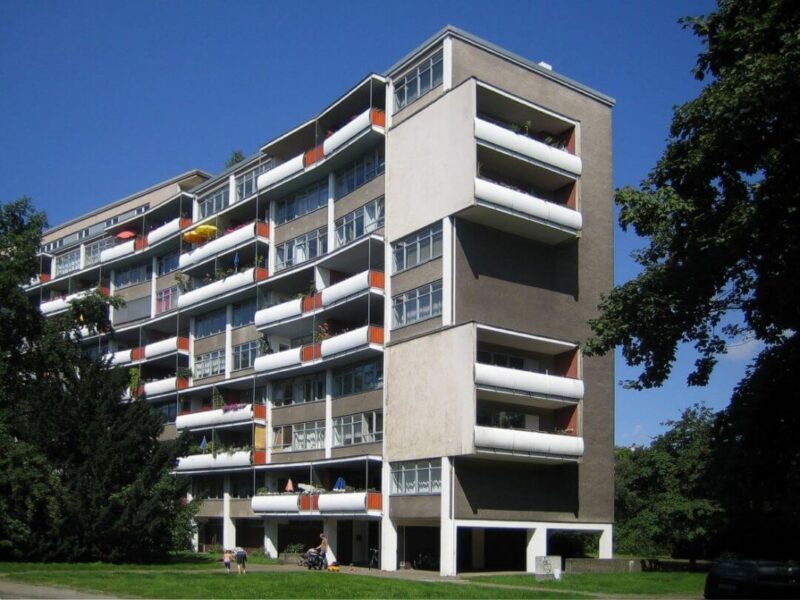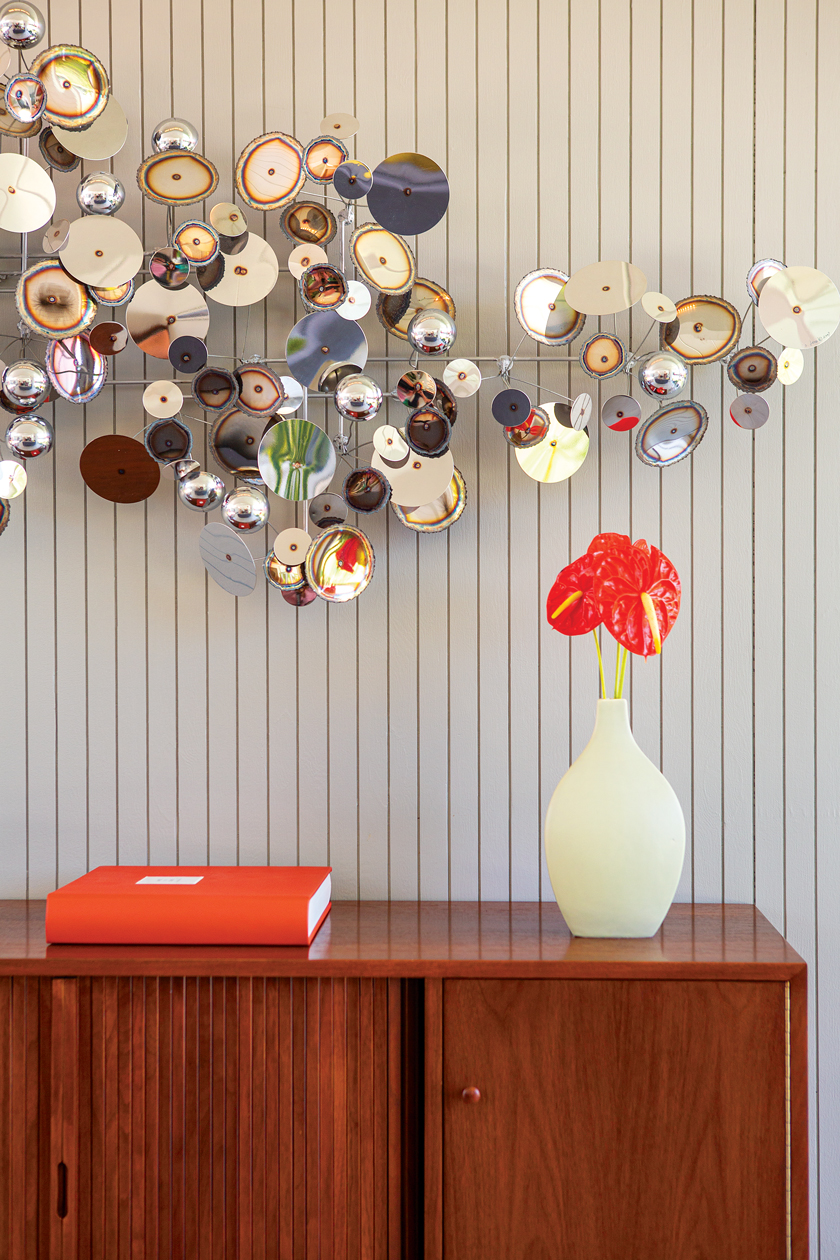If there is one name that comes up time and again when we are exploring the history of modernist architecture, it is Walter Gropius, the founder of Bauhaus. Many famous modernist architects studied with Gropius and drew inspiration from his works, including I. M. Pei, John Carl Warnecke and Paul Rudolph, among others.
Auspicious Beginnings

Walter Gropius was born on May 18, 1883, in Germany. He spent four semesters studying architecture in Berlin and Munich, and then took a job working for architect Peter Behrens in 1908. Also at the firm at the time were Ludwig Mies van der Rohe, Le Corbusier and Dietrich Marcks.
Two years later, Gropius opened his own architectural office with Adolf Meyer. They went on to build the iconic Fagus Factory. Gropius had to take a break from architecture to serve in World War I. After surviving the war, he was able to return to his architectural work.
Bauhaus and Beyond
Gropius’ biggest claim to fame is the founding of the Gropius School of Arts in Weimar, better known as the Staatliches Bauhaus, or simply “Bauhaus.” The idea behind the Bauhaus school was unity. Gropius sought to bring together a wide range of arts and crafts. These included not just architecture and interior design, but also graphic design, typography, industrial design and more.
Bauhaus promoted a distinct style characterized by bold, simple lines, rectangles and other geometric forms, and curved corners. If some of these concepts sound familiar, that is because you have seen them time and again in modernist architecture. While Bauhaus preceded the Mid Century Modern period (see below), it was foundational to MCM architecture and design. Find out more about Bauhaus.
The Bauhaus period lasted from 1919 to 1932. The school’s time was cut short by the inception of the Nazi regime. Gropius and others working and studying in the Bauhaus school had to flee Germany.
When they did, they brought their ideas to other countries. Gropius spent a brief period living in Britain before making his way to the US in 1937, where he would remain for the rest of his life. Between 1937 and his death in 1969, he not only was able to continue his architectural work, but also teach architects studying in the USA the principles of Bauhaus design.
Famous Works by Walter Gropius
Now that you know more about the life of Walter Gropius, let’s take a look at some of his iconic works.

- Fagus Factory, Alfeld an der Leine, Germany: This shoe last factory is among Gropius’ earliest works, constructed between 1911-1913. He partnered with Adolf Meyer on the design. The brick façade is dominated by glass windows—including windows at the corners. These are not unlike those that Frank Lloyd Wright later used in his architecture. The factory looks incredibly modern and streamlined for its time.

- Bauhaus School and Meisterhäuser, Dessau, Germany: The Bauhaus campus building designs feature modern materials, clean lines, and flexible, open interiors where form follows function.

- The Gropius House, Lincoln, MA, USA: Gropius designed and built this home for himself and his family in Lincoln, MA in 1938. He sought to unite modern design principles with elements of the traditional style of buildings in New England.

- The Alan I W Frank House, Pittsburgh, PA, USA: For this private home, Gropius teamed up with architect Marcel Breuer. They not only designed the building, but also its furniture, landscaping, and even the textiles inside. This made it a Gesamtkunstwerk, or “Total Work of Art.”
Some other famous works by Walter Gropius include the John F. Kennedy Federal Office Building in Boston, MA, Peter Thacher Junior High School in Attleboro, MA, the Pan Am Building in New York, NY, and the Interbau Apartment blocks in Hansaviertel (Walter-Gropius-Haus) Berlin, Germany.
If you enjoyed this post, you may also be interested in learning more about Marcel Breuer. And of course don’t forget to follow us on Instagram, Facebook and Pinterest for more Atomic Ranch articles and ideas!













